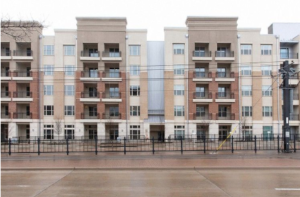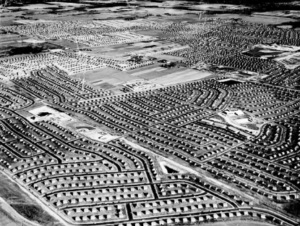Why Does Everything Look the Same?
Why does everything look the same? Unsustainable Monotony in the American City.
“That apartment building looks exactly like the one down the street… and all the other ones popping up all over the city… The houses in new developments all look the same. Cookiecutter.” These are all comments architects and urban planners deal with regularly. Honestly, they’re a valid critique, especially when the extensive process of designing, going to bid, obtaining permits, and groundbreaking are all relatively unknown to the general American.
Architecture is largely digitized now. Through embracing rapidly changing technology firms can provide photorealistic renderings, virtual and augmented reality, and lifelike experiences to the office and most importantly to the client. Advancement into 3D modeling technology and BIM have streamlined the process from design to construction documents to being in the hands of a builder or developer. The simplifying of the process has made it so building designs can be produced and changed quickly, it lends itself to modularity and high-volume construction. Digitization is not the core of the problem, but rather it enables it when not carefully handled. The designs are part of a bid process, where in the economy of the 2020s the lower price tends to win out. This leads to a cycle of constantly tearing down and rebuilding. Buildings are no longer viewed by all developers as potential permanent fixtures in the city, but to fulfill a temporary need.

The Sawyer, 3636 McKinney Ave., Dallas, photographed on Feb. 9, 2019. Photographer: Laura Buckman for Bloomberg Businessweek
Modularity doesn’t always equate to minimal design or thought, however there is less to no involvement of the people that will inhabit these spaces. When walking into a new neighborhood development, you may have the chance to see multiple floor plans for a potential build—however there is little room for customization. These high-volume designs lean heavily into trends and are driven exclusively by profit. The home is somewhere that one would hope the inhabitants would have more impact on the design. To massive development companies, comfort isn’t always the priority, nor is quality (perhaps why there are countless class action lawsuit cases against home builders every year in the United States, and many of these lawsuits showing a lack of care for the land and environment). This is where public understanding of the building process, and getting involved locally can help fight back against development that isn’t client focused, or is particularly unsustainable.
By, Kay Kriegel intern extraordinaire @ Assembly.



